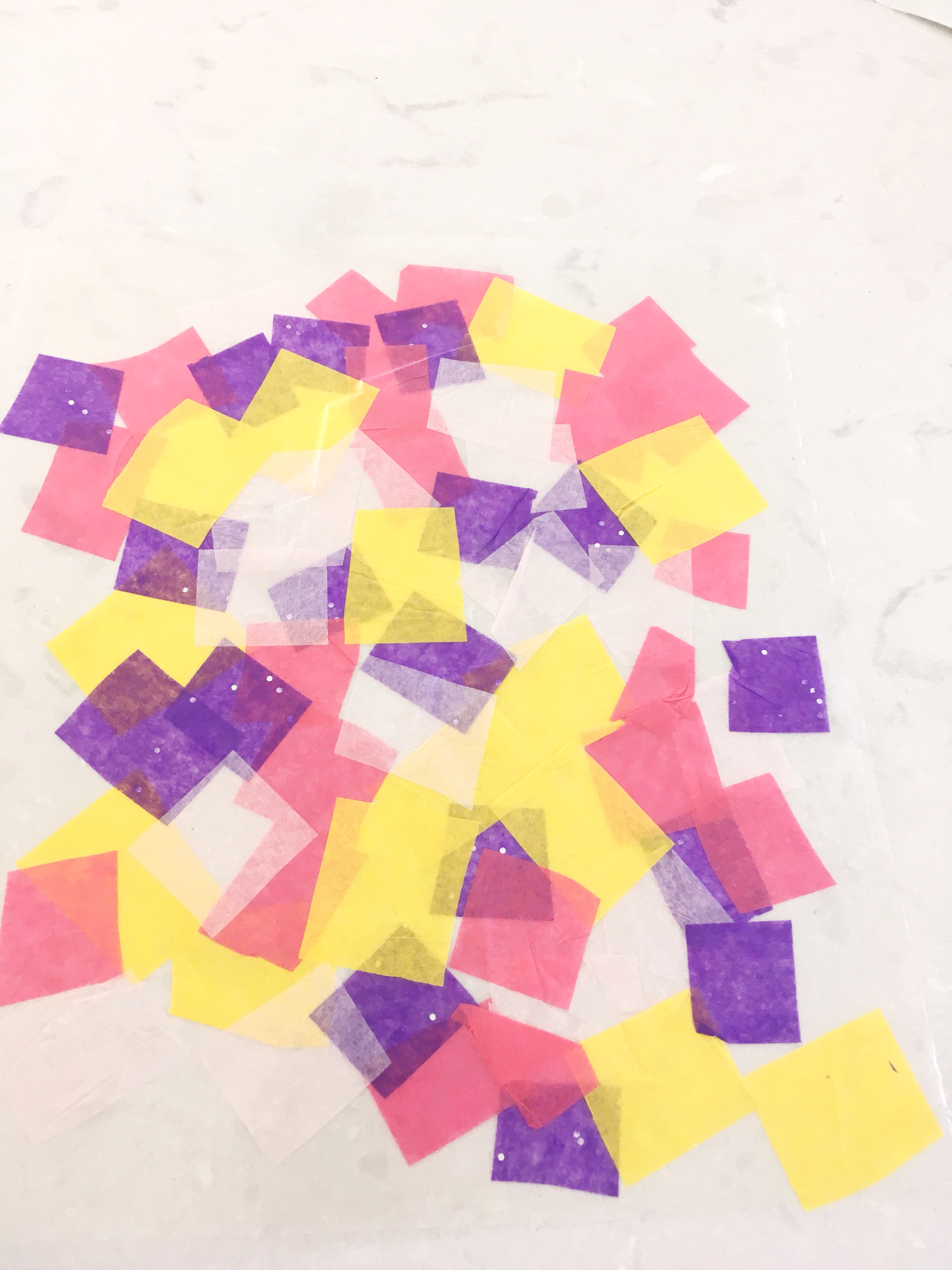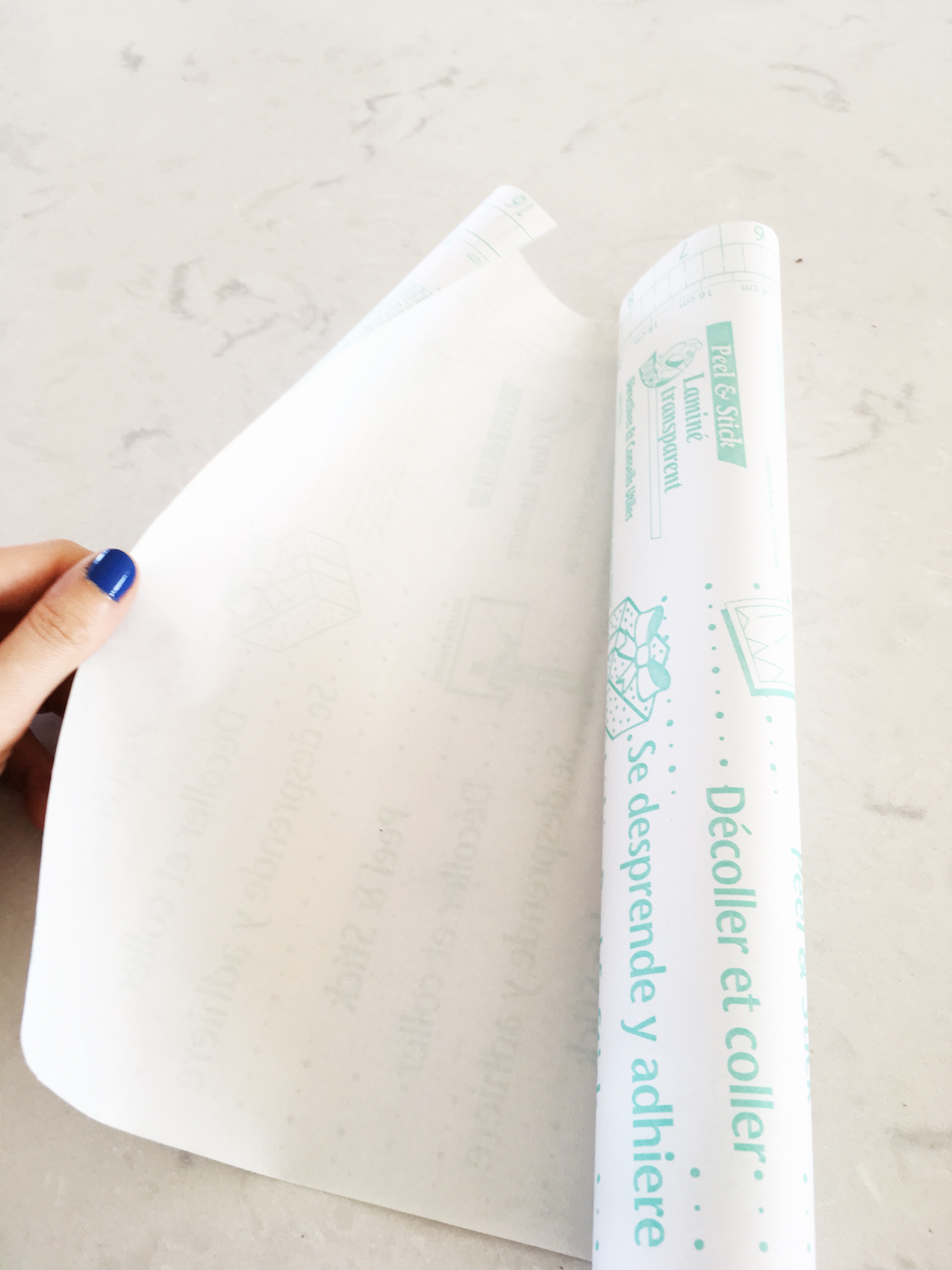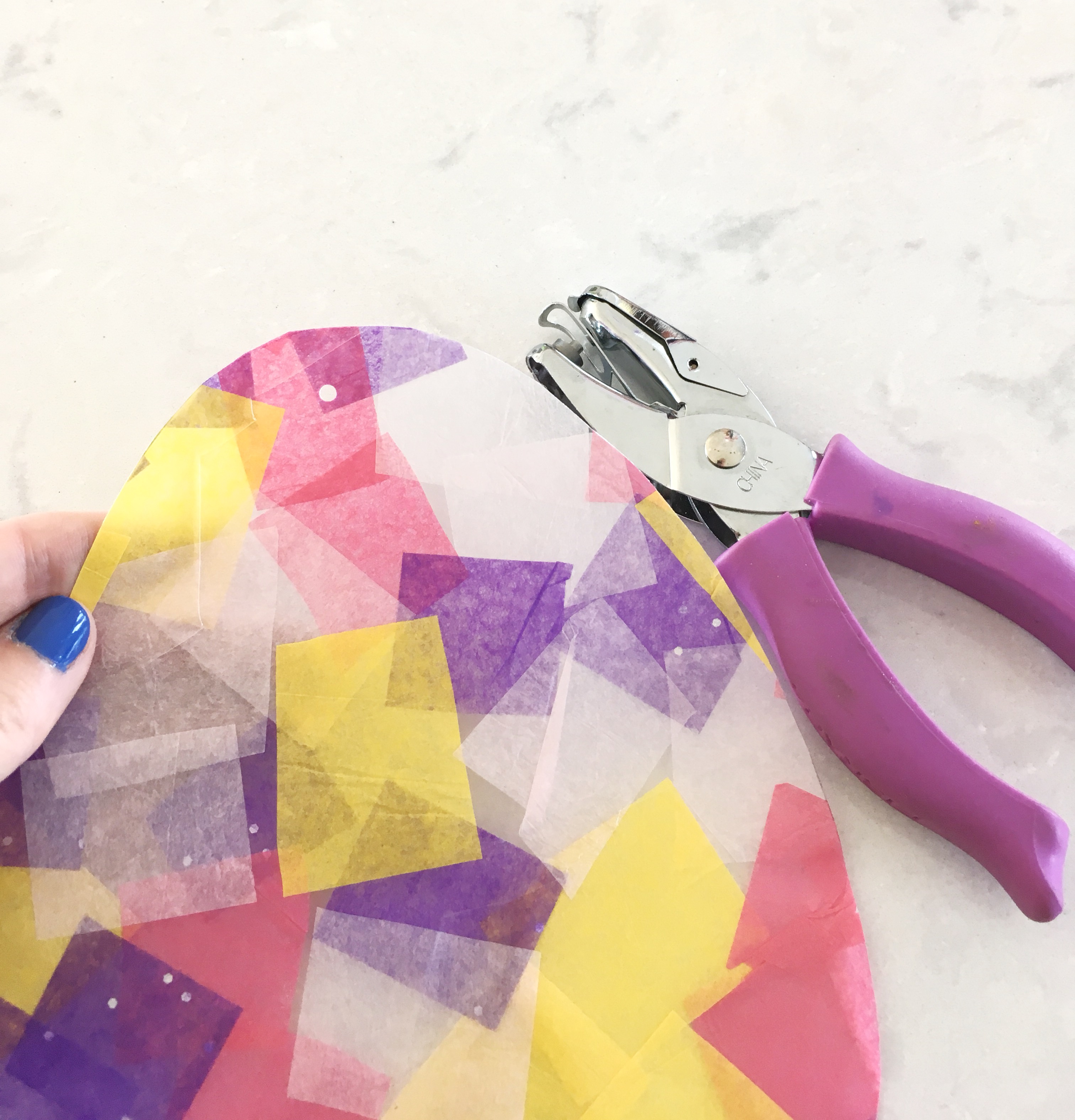Make this fun Easter craft with your kids today!
I found the perfect easy Easter craft for preschoolers! My son and I had so much fun making it together, and I am so excited to share it with you! The Egg Sun catcher is hanging up in our window right now and I love seeing the bright colors of it every day.
This project is so easy and I just used items I already had around the house. I LOVE when that happens!
The colors of the egg can easily be customized using any of your favorite colors. I did this craft with my preschooler, but it would also be great for a toddler to help them practice fine motor skills!

“We are a participant in the Amazon Services LLC Associates Program, an affiliate advertising program designed to provide a means for us to earn fees by linking to Amazon.com and affiliated sites. As an Amazon Associate I earn from qualifying purchases.”
Gather Your Supplies
First, gather your supplies. You will need:
- Tissue Paper: I just grabbed all my spring colors from the tissue paper I already had at home. You can find some for cheap at the Dollar Tree. Let your child choose their favorite colors!
- Contact Paper: One roll of contact paper will last a long time and is fun for laminating things by hand or other fun little craft projects.
- Scissors
- Paper Hole Punch
- String, yarn, whatever you have on hand to hang the egg with
- Egg Pattern (I printed my pattern from clip art on the computer)
Egg Sun Catcher Tutorial
Now that you have your supplies it’s time to cut small squares out of your tissue paper. These do not need to be exact, just small squares will do. This is great practice for your child to use scissors!
After you have a nice pile of tissue paper squares it’s time to get your contact paper ready.
Cut two square pieces from your contact paper, make sure they are large enough for your egg.
Set one of the contact pieces aside and pull off the backing of the other piece and lay it sticky side up on the counter top.
Next, let your child place the tissue paper squares onto the sticky side of your contact paper. Make sure to overlap the tissue paper and fill up the entire square of contact paper.
- Related: How to Make Easy Nature Bookmarks
Once you have your contact paper covered with the tissue paper you will pull off the backing of your second sheet of contact paper.
Carefully lay the two contact sheets together with both sticky sides together, sandwiching the tissue paper.

Cut Out The Egg
Now it’s time to cut out your egg.
Use your egg pattern to trace the egg onto the contact paper. Cut along the tracing lines. and then cut along the tracing.
Once the egg is cut out you can use your hole punch to poke a hole in the top of the egg.
Loop your string through the hole and your Easter Egg Sun Catcher is ready to hang in your window!
My son has a short attention span so he loves doing these quick and easy projects with me. Now if only the snow would melt and then spring would really be here!
You might enjoy these other kids activities:
Easy Fourth of July Craft For Kids
Peanut Butter Play Dough Recipe
Dollar Tree Easter Basket Ideas
Don’t forget to pin for next easter:














Thank you so much! I’ve been looking for some unique activities to do with my kids for Easter, especially with the sun beaming as much as it is now. I’ll definitely be trying this!
This is a great craft that even my 2 year old can make! I would just love to know how you cut that tissue paper with scissors. I tried and failed. haha.
Haha! Oh no! I must have gotten lucky because it cut really easily for me!
This is so cute, easy, and Frugal! I’m SO makjngbghis with my kids!! Thanks!